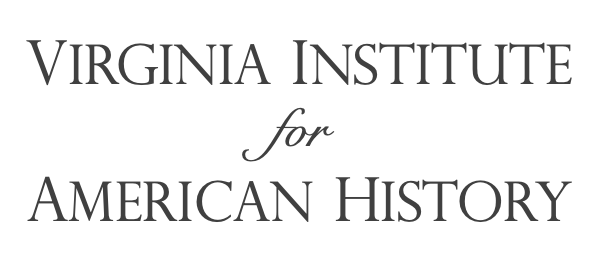The existence of the states pre-dated the Constitution, having formed (as thirteen colonies) an embryonic union upon the adoption of the Declaration of Independence. The states continued as relatively independent, sovereign entities under the Articles of Confederation. As the Constitutional Convention approached, James Madison wrote that he had “sought for some middle ground, which may at once support a due supremacy of the national authority” while not excluding the states as “subordinately useful.” This effectively framed the great dilemma of federalism: how do you delegate and vest supreme authority and sovereignty in the new national or federal government while retaining sufficient authority and subordinate sovereignty in the state governments? Can imperium in imperio actually exist and function?
First, the federal government was designed to be limited in its power, with the bulk of power reserved to the states or retained by the people. As Madison said, “The government of the United States is a definite government, confined to specified objects. It is not like the state governments, whose powers are more general.” The limited or “definite” powers delegated by the people to form the national republic were intended to create a separation and balance, not only between the branches of government (executive, legislative and judicial), but also between federal and state authority. The ultimate objective of these limitations was to protect and preserve individual liberty and self-government while guarding against tyranny.
Secondly, Madison confirmed this constitutional objective and described the rationale for a dual or “compound” republic with shared sovereignty:
In the compound republic of America, the power surrendered by the people is first divided between two distinct governments, and then the portion allotted to each subdivided among distinct and separate departments. Hence a double security arises to the rights of the people. The different governments will control each other, at the same time that each will be controlled by itself (Federalist No. 51).
Thus, under federalism: (1) a “double security” is provided to protect the rights of the people, and (2) the federal and state governments are to “control each other.” However, this dual sovereignty was not easy to achieve.
Finally, in the Constitutional Convention debates held in the summer of 1787, the inherent tension between proposed federal and state powers, as well as the potential imbalance of political influence between large and small states in the new national legislature were plainly manifested and vigorously argued. The issue that loomed the largest in the debates was centered on representation – how would the people individually and the states themselves be represented in the national legislature?
The Virginia Plan proposed that the national legislature should be bi-cameral and that: “the people of each State ought to elect the First Branch of the National Legislature; [and] the Second Branch of the National Legislature ought to be elected by the first, out of a pool of candidates nominated by the state legislatures.” After prolonged debates, the large and small state delegates reached a concession, known as the “Connecticut Compromise.” Madison himself confirmed that the provision to be adopted would be “partly federal, partly national,” by letting “the people be represented and the votes be proportional [in the House]. In all cases where the Government is to act on the States as such … let the States be represented and the votes be equal [in the Senate] (note: as originally established, the state legislatures elected their U.S. Senators). This great compromise between the large and small states formed a significant core of American federalism under the Constitution.


No comments:
Post a Comment